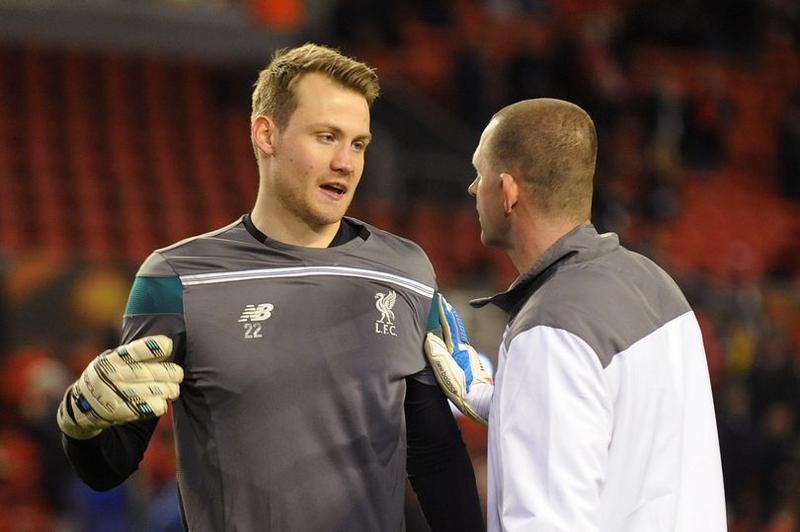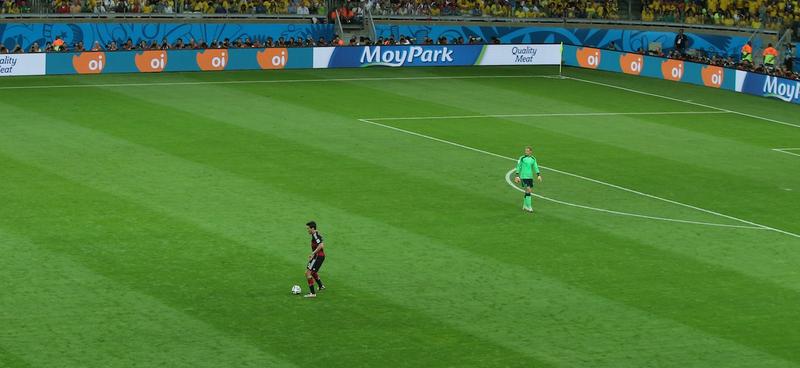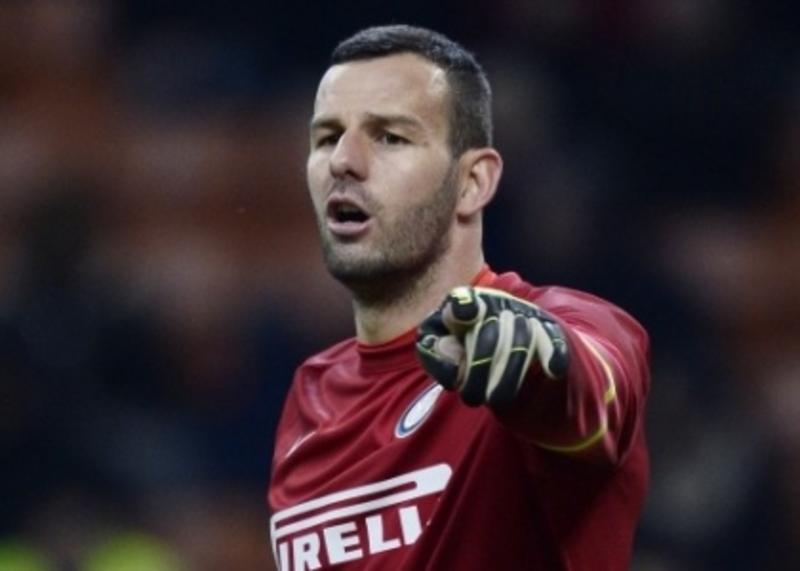FREE 2-3 DAY SHIPPING WITH ORDERS OVER $150. DISCOUNTED RATES BELOW $150.

- 860-904-7679
- |
- |
- |
- help
- |
- about
FREE 2-3 DAY SHIPPING WITH ORDERS OVER $150. DISCOUNTED RATES BELOW $150.

A breakaway occurs when the attacker with the ball has penetrated the last defender. The goalkeeper becomes the only opposing force available to stop the attacker from dribbling the ball into the net. The save requires a great deal of courage, but it is a key game situation that can leave the goalkeeper with total respect from his teammates and a frustrated opposition. Knowing the proper methods and practicing them can help improve your odds of success.
There are three stages at which the save can be made in a breakaway situation.
To deal with the breakaway situation the goalkeeper must rely on the following visual cues: the speed and angle of the ball, the speed and location of the first attacker, and the presence and location of any other attackers. The keeper should also consider the nature and conditions of the game prior to the breakaway. Who's ahead? By what margin? How much time is remaining? What are the field conditions? Who has the momentum? How skilled is the attacker with the ball? Is there a defender closing in?
The save can become a foot race if the lead pass to the attacker is too strong or if the attacker's first touch is too far ahead of her. The keeper can get to the ball before the shot is taken in this case. The save that is made during the shot is a smother save. The keeper smothers the ball at the shooter's feet before the shooter can get off the shot. The final type of save requires knowing which way to dive and reloading quickly.
There are some areas to consider when making the breakaway save. The first is to look for visual cues that the attacker is providing and mirror them. If the attacker is coming at speed then the goalkeeper must respond at speed. Likewise, if the opponent is attacking with patience, then the goalkeeper should respond with patient defense. Often when patient, the ball will find its way to the keeper, because the attacker will run out of time before making a good decision.
The goalkeeper should also master the concepts of angle play and correct positioning. This can be practiced with a logical progression of intensity. The first phase of training should start with no pressure. Then the second phase should contain some, but not all, of the competition to build the keepers confidence and ensure they are using the proper technique to protect themselves, the ball, and covering the best angle. The final phase should be as close to match conditions as possible.
To ensure that the keeper is protected it is important that they have the grass cutter or low ball save technique mastered. Driving the hands low and through the ball, catching the ball out in front of the body, arms crooked, and arms parallel will create the barrier to protect the face behind. The mid section is protected by the top leg and knee, which is also used for momentum during the dive and to reload to a standing position. Keepers that are not confident in breakaways or the grass cutter technique will often slide in leading with their knees or feet. Not only does this expose a significant amount of the goal, reduce the likely hood of controlling the ball, it also exposes the face and often results in harsh collisions. As a keeper takes the power step to lower the body and hands during a breakaway save they are driving to and through the ball with their body weight giving the keeper the advantage in force in the event of a collision.
A final note...The goalkeeper's primary focus should always be on the ball, not on the opponent's eyes. React don’t anticipate. Stay up as long as possible. Force the attacker to make a good shot.
The Ball Doesn’t Lie!
About Coach Christian Benjamin:
Christian is the owner of keeperstop.com; Central Connecticut Mens Assistant and Goalkeeper Coach; CT Olympic Development Staff and Goalkeeper Coach; Director for Star Goalkeeper Academy; as well as goalkeeper coach for high school, premiere, maple, town, and college goalkeepers in MA, CT, NH. NSCAA National Goalkeeper Diploma and USSF C.
Questions or comments are welcome - contact www.keeperstop.com
Improve your skills



Improve your skills



Leave a comment